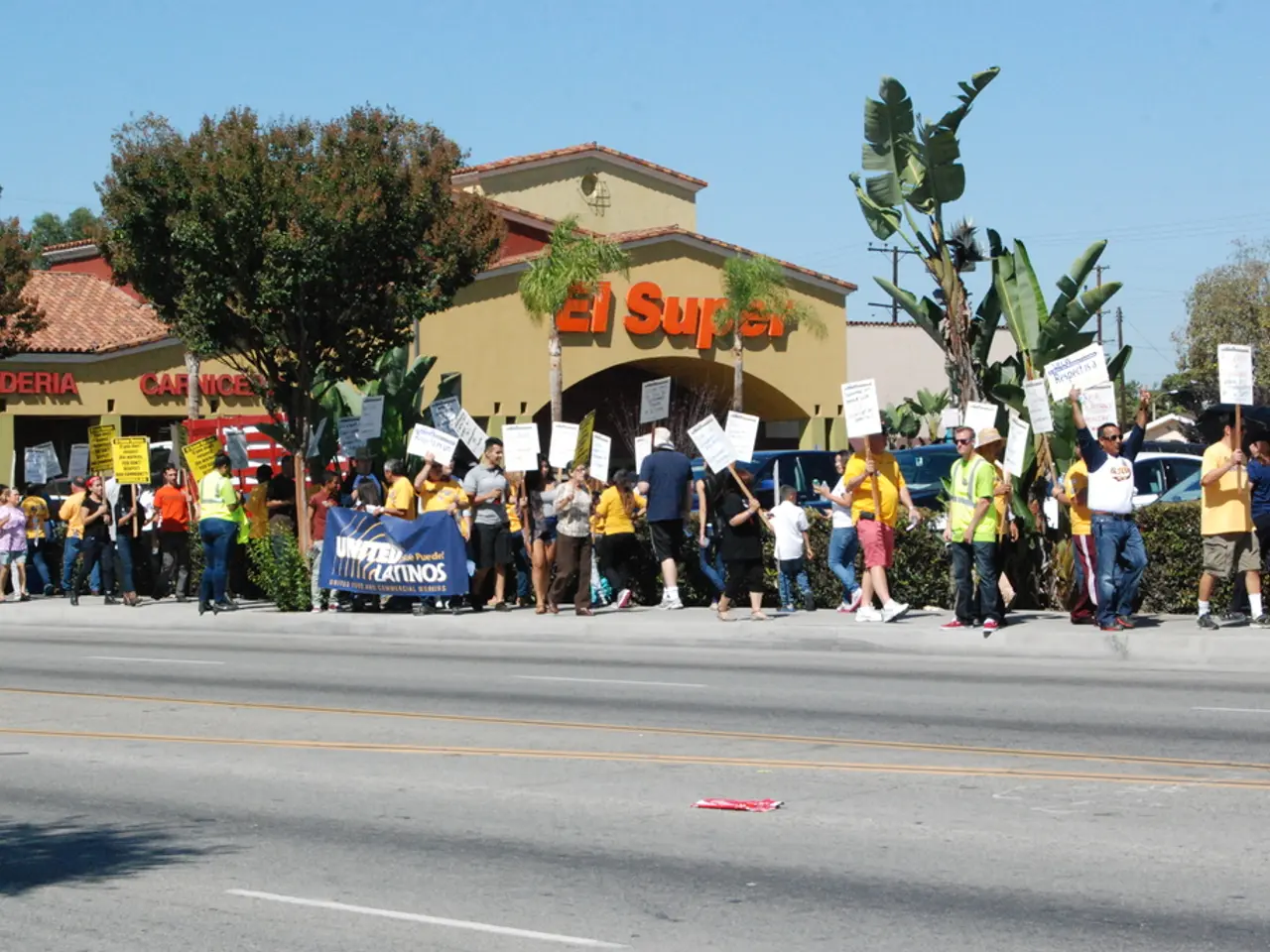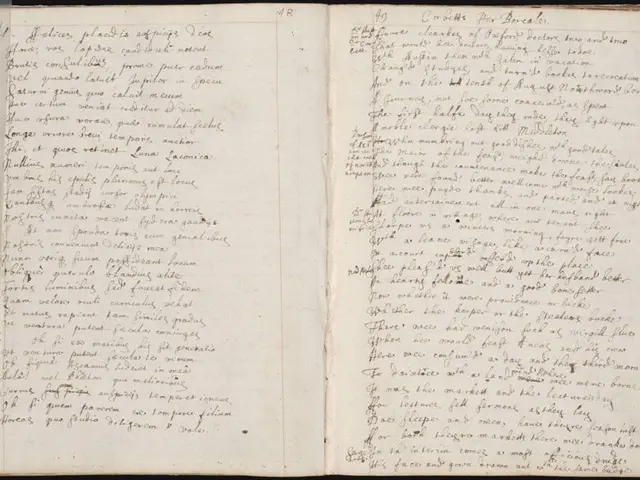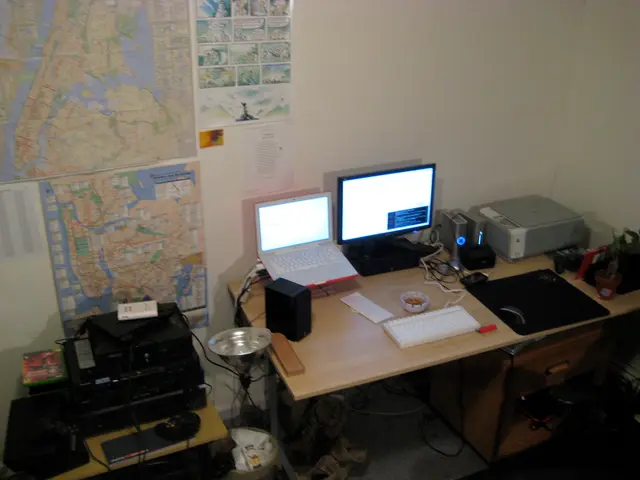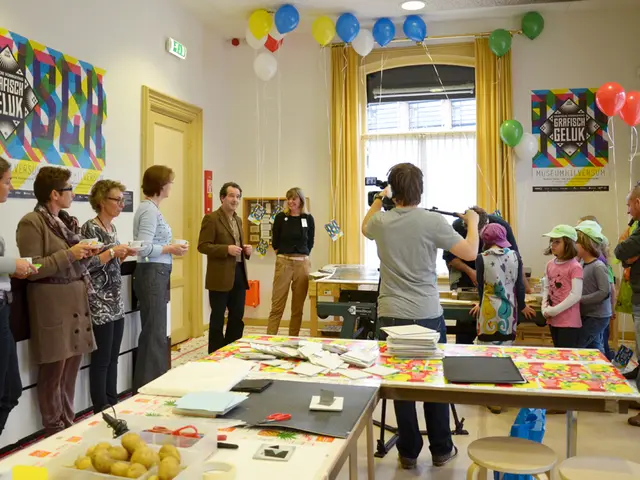Election Survey and Opinion Poll Guidelines for Optimal Results
In the quest to bring Indian election polls in line with international best practices, it's essential to adopt global standards in sampling, methodology, transparency, and data analysis while adapting to local contexts. Here, we delve into the key practices for conducting opinion polls and election surveys that can help ensure representativeness, minimise bias, and produce reliable results.
Firstly, it's crucial to employ sampling techniques that provide an accurate reflection of the voting population. Random sampling, stratified sampling, and quota sampling are all viable options, with the latter being particularly useful for balancing demographic groups when strict randomness is not possible.
Question design plays a pivotal role in the success of any survey. A mix of question types, including open-ended, multiple choice, ratings, scaled responses, and demographic questions at the end, can capture nuanced opinions and classify respondents effectively. Questions should be worded neutrally to avoid leading respondents and must be clear and simple to understand.
Survey methods should be diverse, reaching out to various populations and reducing biases inherent in any single mode. Online surveys may have self-selection bias, while telephone polls are challenged by declining response rates. Face-to-face interviews, though less common for large samples, can provide high-quality data.
Bias reduction is another critical aspect to consider. Response rates can be increased through reminders and incentives, while conducting blind or anonymous surveys can reduce social desirability bias. Interviewers should be trained to remain neutral during in-person surveys.
After data collection, statistical weighting can be applied to adjust for underrepresented groups and improve accuracy. Pollsters also use modeling scores and voter files in election surveys to better identify and sample likely voters.
Timing and population sample are crucial factors for election polls. The survey population should be defined carefully (all adults, registered voters, or likely voters), with polls of registered voters being appropriate well before the election, and likely voter polls being better closer to election day but relying on accurate turnout modeling.
Interpreting results requires evaluating poll quality by examining sample size, response rates, and margin of error. The proportion of undecideds should also be considered, as too few may signal inadequate representation. Comparing multiple polls and using averages can help mitigate outliers and provide a more reliable picture.
In summary, the best practices combine rigorous sampling and weighting, careful question and survey design to reduce bias, use of mixed methodologies for broad reach, and cautious interpretation considering population and timing factors to produce reliable and valid opinion and election survey results.
Opinion polls and election surveys can be valuable tools for understanding public opinion and making informed decisions. They can guide campaign strategy by informing messaging, target demographics, resource allocation, and issue prioritization. By adhering to these best practices, we can ensure that our polls and surveys are accurate, reliable, and reflective of the Indian electorate.
[1] "Opinion Polls and Election Surveys: Best Practices for Conducting and Reporting Results." Pew Research Center. 2018. [2] "The Science of Polling: Best Practices for Conducting and Reporting Polls." National Council on Public Polls. 2015. [3] "The Art and Science of Polling: Best Practices for Designing and Conducting Surveys." American Association for Public Opinion Research. 2013. [4] "A Guide to Measuring Public Opinion: Best Practices for Designing and Conducting Surveys." Gallup. 2012. [5] "Polling in the Digital Age: Best Practices for Conducting Online Surveys." Roper Center for Public Opinion Research. 2010.
Read also:
- United Kingdom Christians Voice Opposition to Assisted Dying Legislation
- Democrats are subtly dismantling the Affordable Care Act. Here's the breakdown
- Questioning vaping's safety when it comes to essential oils: Examining potential hazards and adverse effects
- Russia to hold election for 20 governorships, with no representatives from the Communist Party of the Russian Federation (CPRF) or the A just Party (EPR) participating.







